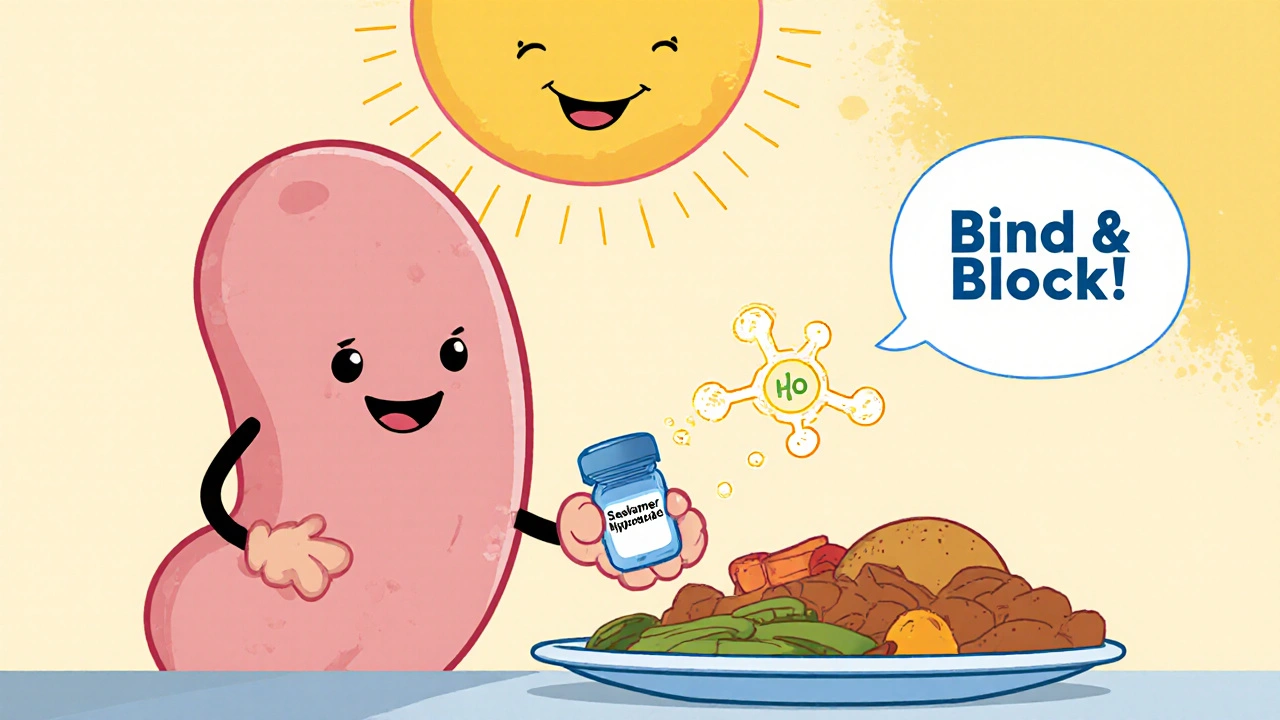Kidney Disease: Practical Advice to Protect Your Kidneys
Kidney disease can sneak up slowly or hit fast. Know the common causes — high blood pressure, diabetes, infections, and some medicines — so you can act early. If you have risk factors, simple screening tests like blood creatinine, estimated glomerular filtration rate (eGFR), and urine albumin catch problems before symptoms appear.
What symptoms should make you pay attention? Tiredness, swollen ankles, foamy urine, less urine, and uncontrolled blood pressure are red flags. These signs do not prove kidney failure, but they mean you should see a doctor and ask for kidney tests. Early care slows damage and keeps life normal for years.
Clear steps to take now
Control blood pressure and blood sugar first — they are the two biggest drivers of chronic kidney disease. Aim for your doctor's target numbers and take meds as prescribed. Use ACE inhibitors or ARBs when advised; they protect kidneys beyond just lowering pressure. Talk with your clinician before stopping or switching any medicine.
Adjust diet but keep it simple. Cut back on salt, limit processed foods, and choose whole grains, vegetables, and lean proteins. If your doctor warns about potassium or phosphorus, follow personalized limits. Drinking water regularly helps many people, but discuss fluid rules if you have advanced kidney disease.
Medications, monitoring, and practical tips
Regular monitoring matters: track eGFR and urine albumin every few months if you have chronic kidney disease. Share all your medications and supplements with your healthcare team. Some common drugs — like NSAIDs and certain antibiotics — can harm kidneys, especially when combined with dehydration or other risks.
If you are on many medicines, ask for a medication review. Pharmacists can flag dangerous combinations and suggest safer options. Consider telemedicine or online pharmacies for refills, but use trusted services and keep prescriptions on file. When starting a new drug, ask how it affects kidneys and whether dose changes are needed.
Living with kidney disease also means planning. Learn about stages of chronic kidney disease and what changes when you move from early stages to advanced ones. Early stages focus on lifestyle and meds to slow decline. Advanced stages may involve dialysis or transplant discussions; early referral to a kidney specialist improves outcomes.
Small daily choices add up. Walk, sleep enough, quit smoking, and manage weight. Keep appointments and bring questions to visits: what are my numbers, how fast is my kidney function changing, which meds help or hurt, and what lifestyle steps should I try this month? Clear answers make decisions easier.
If you notice sudden drops in urine, severe swelling, shortness of breath, or confusion, seek emergency care. Those can be signs of acute kidney failure or dangerous fluid shifts. For ongoing care, build a team: primary doctor, nephrologist, dietitian, and pharmacist. That team keeps you informed and in control.
Ask about vaccines like flu and pneumonia, protect against preventable infections. Join a support group or online forum for tips, recipes, and motivation from others living with kidney disease and stay connected.


